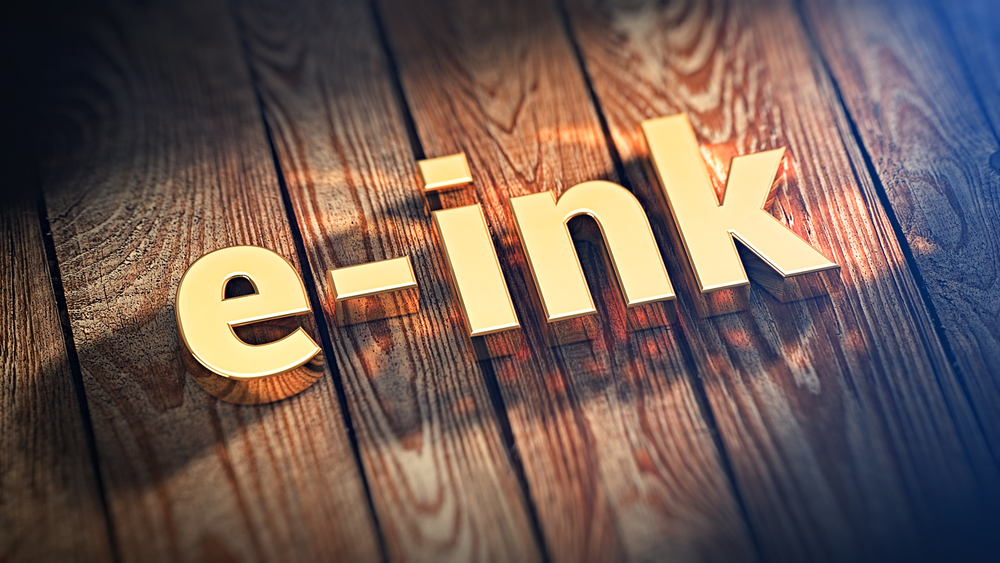Kinetic Typography: The Art of Moving Words
In the ever-evolving landscape of digital design, kinetic typography has emerged as a powerful tool for visual communication. This dynamic art form breathes life into text, transforming static words into captivating animations that dance across screens. As designers seek innovative ways to engage audiences, kinetic typography offers a unique blend of movement, rhythm, and meaning that captivates viewers and enhances message retention.

From Screen to Digital Canvas
As technology advanced, kinetic typography found new platforms for expression. The rise of digital media and motion graphics software opened up unprecedented possibilities for designers to manipulate text in increasingly complex and creative ways. Today, kinetic typography is ubiquitous, appearing in everything from music videos and commercials to social media content and interactive websites.
The Psychology of Moving Words
The power of kinetic typography lies in its ability to enhance the emotional impact of text. By carefully choreographing the movement, timing, and transitions of words, designers can evoke specific feelings and guide viewer interpretation. This synergy between visual and verbal communication creates a more immersive and memorable experience for the audience.
Techniques and Styles in Kinetic Typography
Designers employ a wide range of techniques to bring text to life. From simple fade-ins and outs to complex 3D animations, the possibilities are virtually limitless. Popular styles include typographic animations that mimic natural phenomena, like water ripples or smoke, and those that play with perspective and depth to create illusions of space and movement within a flat screen.
The Future of Kinetic Typography
As augmented and virtual reality technologies continue to advance, kinetic typography is poised to enter new dimensions. Imagine text that responds to physical movement or environmental factors, creating truly interactive and immersive reading experiences. The integration of artificial intelligence may also lead to dynamic typography that adapts in real-time to viewer emotions or preferences, pushing the boundaries of personalized content delivery.
Challenges and Considerations
While kinetic typography offers exciting creative possibilities, it also presents unique challenges. Designers must balance aesthetic appeal with readability, ensuring that the movement enhances rather than obscures the message. Accessibility concerns also come into play, as animated text can be difficult for some viewers to process. As the field evolves, finding solutions to these challenges will be crucial in maximizing the potential of this dynamic art form.




